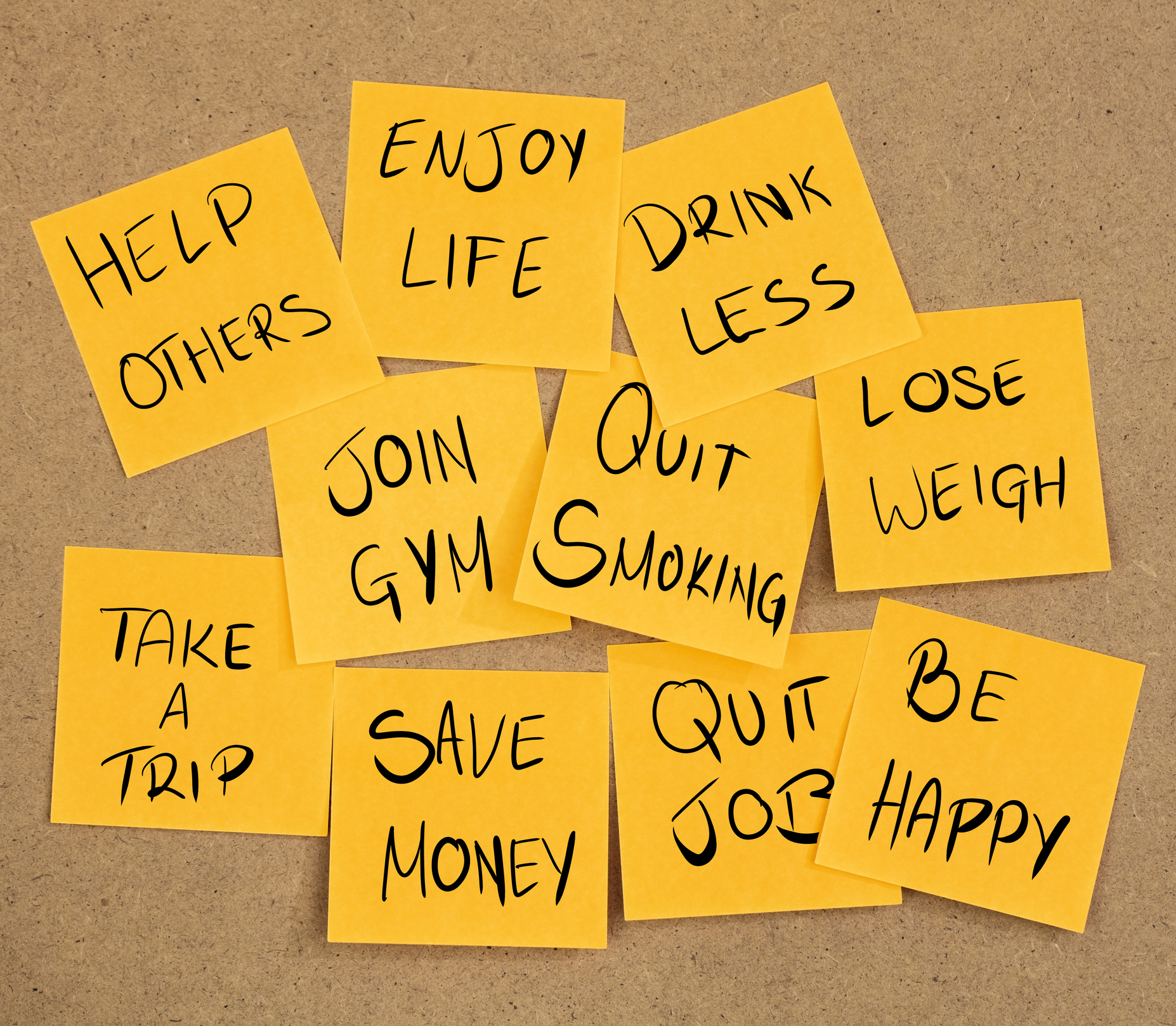THE OLDER WE GET
THE CLOSER WE GET
well. . .
You can fill in the ________________________________
What some call
R E T I R E M E N T
others call: STARTING OVER
others call: THE NEXT CHAPTER
others call: THE GRAVY YEARS
others call: THE BEST PART
others call: RE-TIRED-MENT
others call: _______________
A couple of Sunday’s ago I switched from reading the New York Times Sunday Edition to watching “60 Minutes” One of it’s featured stories was about Hans Zimmer. It immediately got me to writing this Friday Blog post and even more about being devoted to never retiring and most of all always (ALL-WAYS) reinventing myself to continually being: MYSELF–AN (EVER EVOLVING) ORIGINAL
All of this prompted was prompted by this interview with German-born composer Hans Zimmer. You may not know his name as well as John Williams, but he has scored many blockbuster films like “Top Gun: Maverick,” “Dune,” and “Lion King.” He said from his earliest days learning the piano, “I did not want to play other people’s music.” He has certainly passed well beyond that: it’s hard to categorize his work (or even to completely discern all the instruments that make his unique compositions.) Towards the end of the interview he was asked about RETIREMENT and he in essence said that he couldn’t imagine it because he was energized and at his best and gets jazzed by creating/re-creating himself. (THAT ONE STRUMMED THE STRINGS ON MY HEART AND BLEW THE WOODWINDS OF MY SOUL) We all know it’s not terribly easy to BE ORIGINAL. There will always be pressures to conform, to not “rock the boat,” to “get back in line.” We also know that great strides personally and professionally are rarely made by settling for cutting with the grain. This week’s challenge (and I’m right there with you) — what can you initiate this week, TODAY, that will set new standards, travel down new paths, and establish once and for all that you are an original?
ITS NOT ENOUGH TO OWN YOUR OWN FINGERPRINT. . .
You have to make sure
that you make indelible
I M P R I N T S
And lasting impressions
YOU-NIQUELY
your own to have and share
now and
for-an-evermore. . .
BE THE SYMPHONY
you are ever composing
and never forget to
CONDUCT IT



























 Hmmmmmmmmmmmmmmmmmmmmmm
Hmmmmmmmmmmmmmmmmmmmmmm